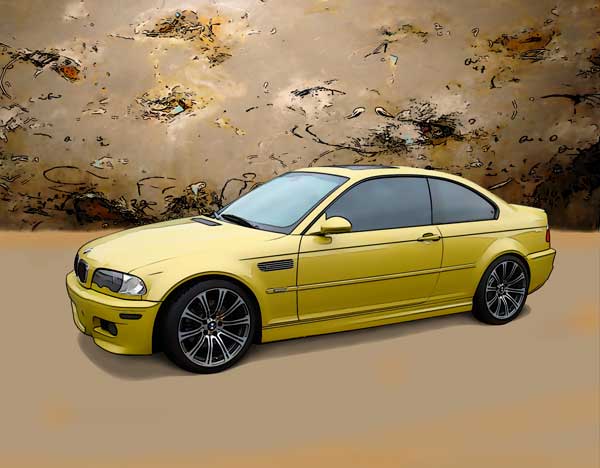Good article here about how the photo that would have won the National Geographic photo of the year, got disqualified because the photographer used Photoshop to get rid of a trash bag instead of cropping it.
If you’re going to enter contests it’s a good thing to read the rules, but it’s almost a certainty that if you bust out the clone tool or use Content-aware Fill you are going to be disqualified. Obviously if it’s a photo manipulation contest that’s different, but most photography contests want you to do everything in camera, limiting adjustments to minor tweaks like cropping and contrast, things that were relatively easy to do in the darkroom days.
While you might argue what’s the difference between cloning a trash bag out of the photo and cropping it, it’s a very slippery slope. It rapidly becomes more about your Photoshop skills and less about your photography skills. If it’s a photography contest, then it should be about your photography skills.
Here’s the disqualified image, click on it to read the full article and see the original.

















